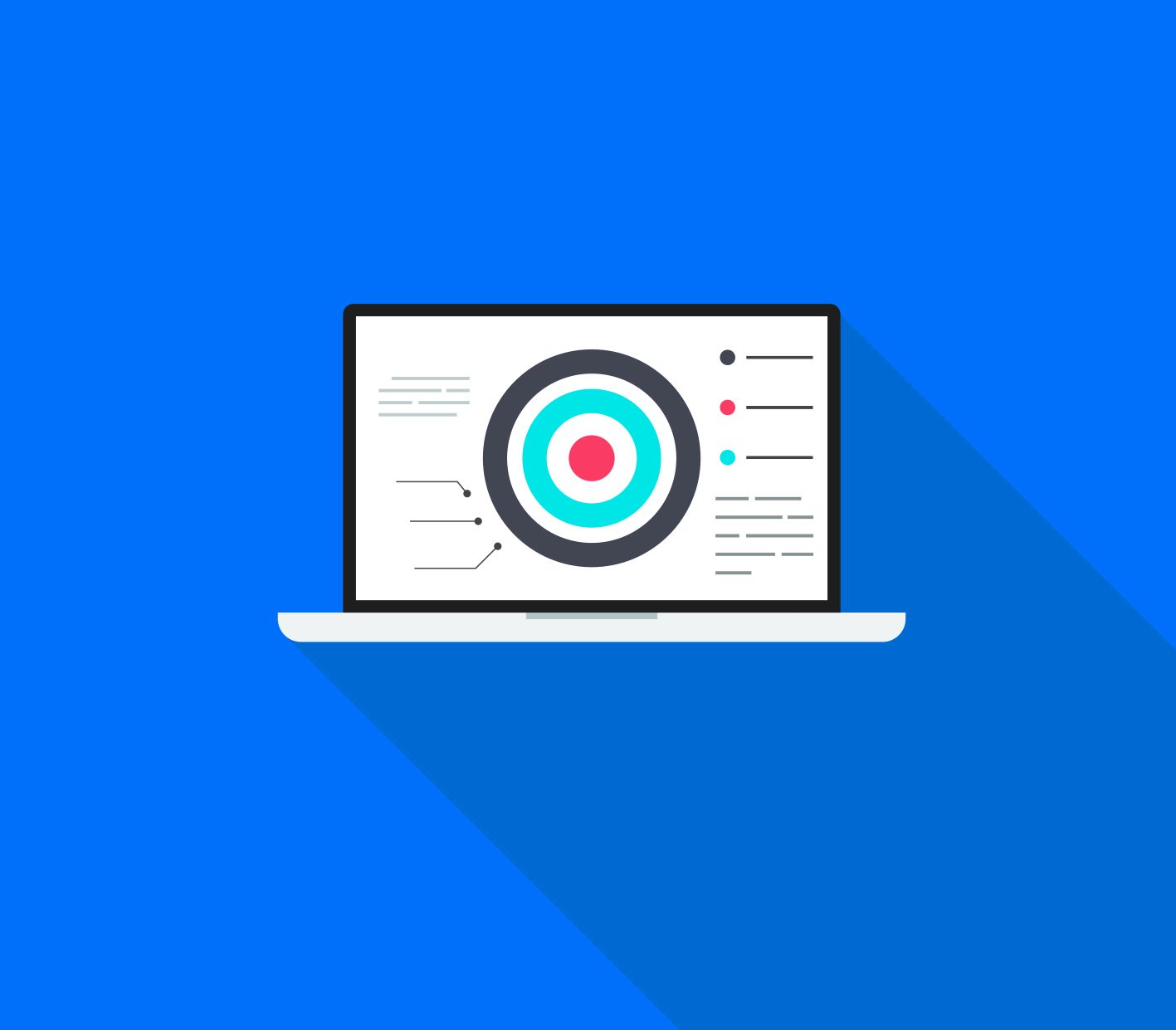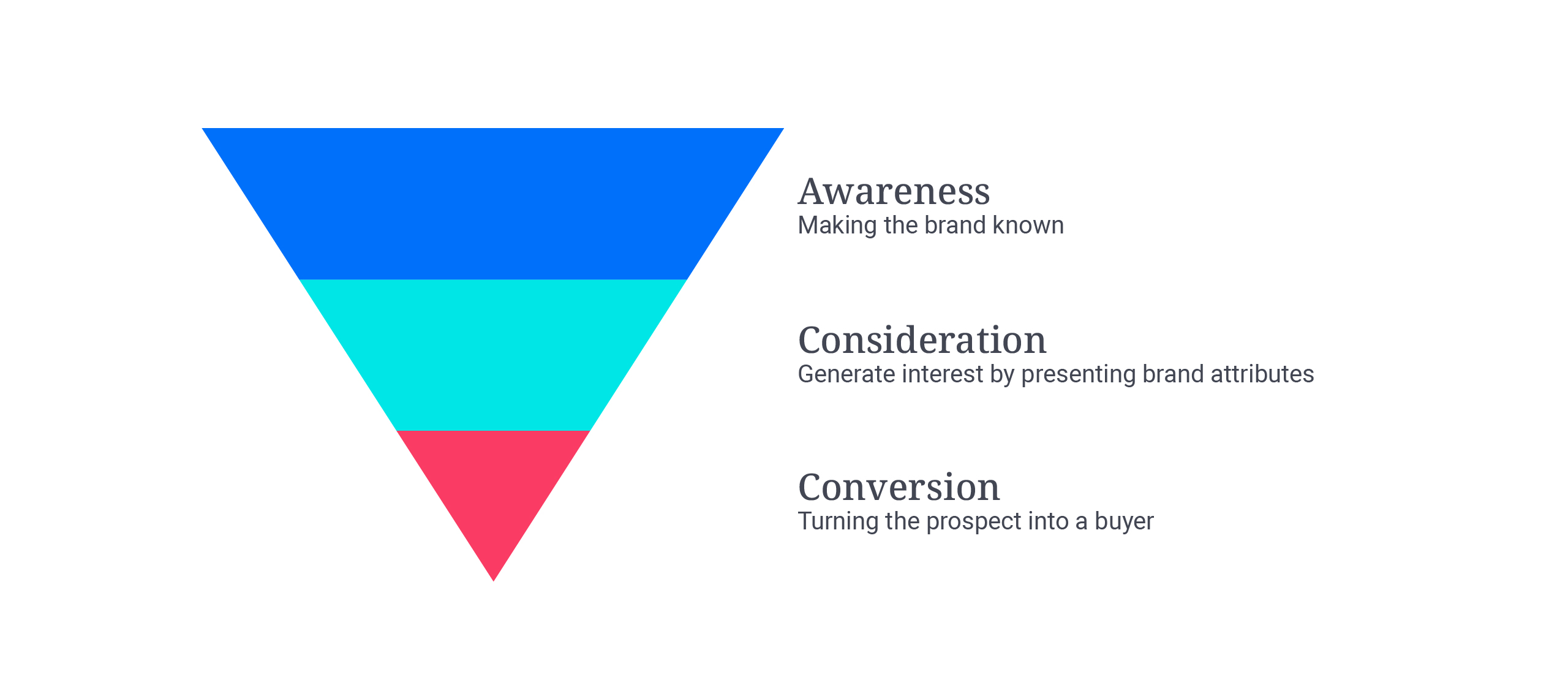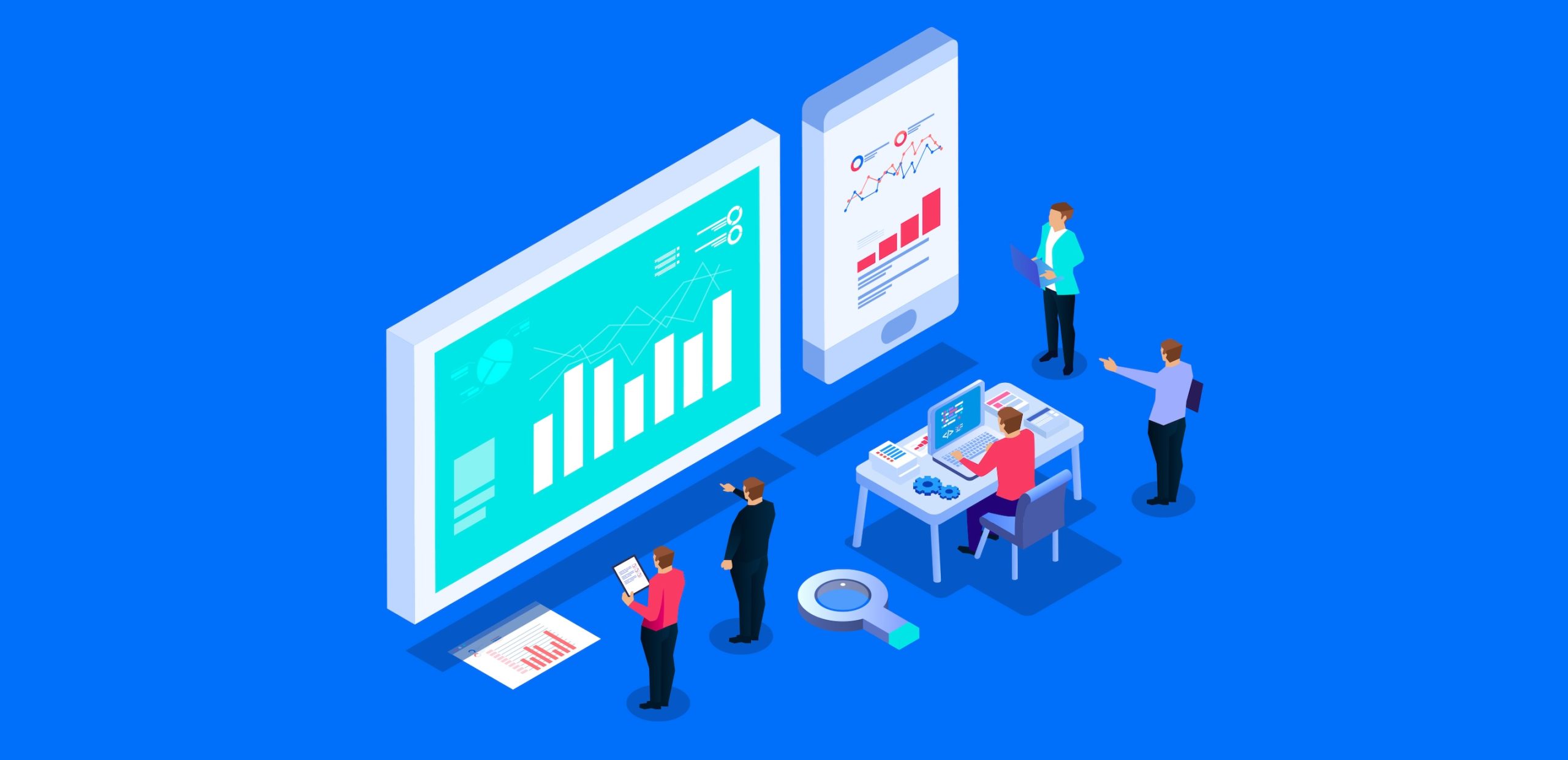5 key points to consider when incorporating digital marketing into your omnichannel strategy

Many marketers make the mistake of considering digital and traditional media as two completely different ecosystems.
That said, not only is it possible, but it is highly recommended to combine them into a singular, omnichannel campaign. In doing so, you increase the points of contact with target audiences and make it possible to accompany consumers at all stages of the purchasing process.
Sounds pretty good, doesn’t it? If you’re ready to take the plunge, be sure to keep these 5 key points in mind so as to maximize the success of your omnichannel strategies: they will help you better understand digital’s place in the evolving advertising landscape, optimize your online presence and measure the effectiveness of your campaigns.
1. Consistency
As previously discussed in our article on branding, the secret to building brand awareness is consistency. This means that your image, tone and graphic universe must be consistent across your communication materials.
So when you’re designing a campaign, think right from the get-go about the digital formats you want to use and how the creative concept of your TV or radio ad could be reflected in your web banners, Facebook ads or pre-roll, for example. This will help reinforce your message and boost brand recognition.
Keep this top of mind for all your other communications, too. Your tone and image should be the same on your discount coupons, radio ads, website, social media publications, Google Ad ads, your IVR (telephone on hold) message, etc.
2. Digital presence basics
Before launching your first web ads, you must make sure that your online presence is solid and that your digital environment is ready to receive your campaigns.
Here are our basic best practices:
-
- Make sure your website is modern, professional and user-friendly. This is where users interested in learning more about your products will go. The information must be up-to-date and at the user’s fingertips.
-
- Fill out your company profile on Google. Once again, this is a space where users will go to learn more about you. Plus, it will allow you to appear in local searches and choose how you want to be presented in Google search and on Google Maps.
-
- If you’re planning to advertise on social media, make sure your business pages are neat, the information presented is up to date, and your latest publications are recent.
-
- Install Google Analytics on your website. Completely free, this tool is used to collect behavioural and demographic data on your users. Knowing where your traffic is coming from and who is browsing your site is the foundation of any digital initiative.
3. The consumer’s buying journey
When choosing a medium, it is essential to take into account the consumer’s buying journey. We must therefore ask ourselves which media is optimal to reach the consumer at each stage
3. The Consumer Buying Journey
Mass media, such as television or billboards, are a popular choice to take the first step of creating awareness because they allow you to reach a large number of people with a message that captures attention.
Digital marketing is often used towards the end of the journey, at the conversion stage, because it is particularly effective in getting people to take concrete action. All they have to do is click on an advertisement to go directly to your store and buy the product that piqued their interest.
Since it is increasingly easy to track consumer behaviour online, web marketing also makes it possible to send personalized offers to users when they are ready to make a purchase.
Take the case of a quinoa brand. A consumer looking to adopt a healthy diet browses recipes online and compares different types of quinoa. At this point, you could expose them to a highly persuasive TV campaign highlighting the quality, variety, and nutritional benefits of your quinoa. From that moment, the consumer starts considering your brand. Later on, you could send them an attractive promotional offer to encourage them to buy your quinoa online or visit the nearest store. They simply click on the offer and place an order, which could then be considered a conversion, depending on the campaign objectives.
4. Data collection and analysis
One of the greatest benefits of digital marketing is access to a wealth of data on the attributes and behaviours of Internet users. Armed with this data, you can better target your audiences, better evaluate your campaigns and, most importantly, measure attribution. Indeed, it is essential to identify which elements of your digital strategy have contributed to a user’s conversion.
But first, you need to be able to collect and analyze data. There are three main types of platforms available to you.
-
- CRM (Customer Relationship Management): Designed in the 1990s to enable companies to record information about their prospects and improve customer relations, CRM is the oldest and best-known type of platform. Today, CRM is also able to integrate online data on the behaviour of your prospects. The important thing to remember is that CRM only provides information about individuals with whom you have already had contact.
-
- DMP (Data Management Platform): DMP is a specialized tool for advertisers used to collect the browsing data of unknown visitors in order to create audiences and activate them via display banners. It helps to better target and evaluate your campaigns. DMP allows the integration of data from external suppliers for an even more complete picture of the consumer. The disadvantage of this platform is that the data is only kept for a few months, like cookies.
-
- CDP (Customer Data Platform): Sometimes seen as an evolution of CRM and DMP, CDP is an all-in-one tool offering a 360-degree view of the customer by reconciling data from all channels: online, offline, customer account (CRM) and web browsing data. While DMP data is anonymous, the CDP is able to link data and identify users to create a single customer repository. Again, this not only allows for better targeting, but also for truly personalized communications pinpointed to each individual.
5. Joining the physical universe with the digital universe
In a omnichannel campaign, the different media, whether digital or traditional, are selected to act in synergy. You must therefore find a way to measure their effectiveness together, and see how each influences the other.
Fortunately, more and more technologies are making it possible to connect the digital environment to the offline environment. Here are a few examples:
-
- Smart televisions are able to collect data on what people watch. By using this third-party data, you can find out who has seen your ad.
-
- Beacons, radio transmitters that connect Bluetooth devices, such as smart phones, are used to capture location-based data.
-
- Unique device IDs, combined with location-based tracking, allows you to find out, for example, who has seen your ad displayed or who has come into the store after seeing your digital ad.
It is also possible to trace online a customer who has made a purchase in a store, either with the credit card he or she used or with the contact information collected by a loyalty program.
We are also increasingly hearing about the single customer repository, which is where a company is able to reconcile all the data about the same customer but from different collection channels. We might know that the same individual has seen our digital advertising, our TV advertising, and has made a purchase in a store.
This is possible with a CDP, but the practice is still very complex. It goes without saying that advertisers who take the initiative in this area will have a significant advantage over their competitors, because they will be able to assemble a more effective marketing mix with a better return on investment.
So, are you ready to integrate digital marketing into your integrated campaigns? If you follow these best practices from the start, you should see results in the near future if you know how to measure effectively.



